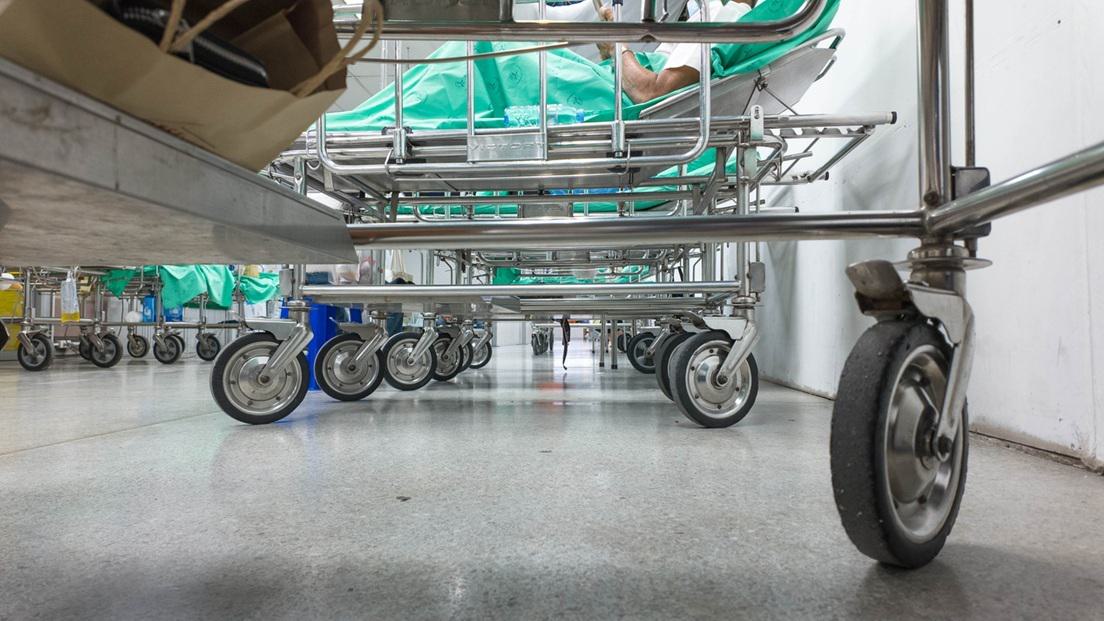America’s Hospital Bed Shortage Crisis

Emergency rooms across the country are sounding the alarm: a shortage of hospital beds is pushing the healthcare system dangerously close to collapse—and patients are paying the price.
A recent article in the Wall Street Journal reported that on any given day, approximately 75% of hospital beds in the U.S. are filled. That’s a significant jump from just a few years ago and alarmingly close to the 85% threshold that experts say signals a breakdown in hospital operations. At that level, hospitals are stretched too thin, risking everything from treatment delays to deadly medical errors.
In fact, the United States lags far behind other developed nations when it comes to inpatient capacity. The U.S. has fewer than 3 hospital beds per 1,000 people. By comparison, the European Union averages more than 5, and Japan leads with nearly 13.
Why the disparity? For decades, regulations like “certificate-of-need” laws have restricted new hospital construction to control healthcare costs. That, coupled with hospital closures driven by mergers, acquisitions, and private equity cost-cutting, has left many urban areas without the bed space needed to meet current demand—let alone future surges.
The shortage isn’t just inconvenient—it’s dangerous. Emergency department “boarding,” where admitted patients wait hours or even days in hallways for an open bed, leads to overcrowding, rushed care, and a higher risk of serious errors. In fact, boarding can nearly double the daily cost of care while degrading its quality. A recent study warned that if hospital capacity isn’t addressed, we could see tens or even hundreds of thousands of avoidable deaths each year in the U.S.
Meanwhile, our population is aging. The median age of Americans has risen from 35 in 2000 to nearly 39 today. Older adults are more likely to suffer from chronic illnesses such as heart failure, dementia, and pneumonia—conditions that often require hospitalization. According to The Journal of the American Medical Association, we’ll need an 11% increase in hospital bed capacity just to keep up with demographic trends.
To compensate, hospitals have reduced patient stays, expanded urgent care, and opened more outpatient surgical centers. But that doesn’t solve the problem for those who need high-level inpatient care. From a legal standpoint, the consequences are deeply concerning. When overcrowding leads to delays, misdiagnoses, or medication errors, patients and families are left to bear the burden.
Solutions won’t come overnight. Expanding hospital infrastructure takes time, money, and political will. But the alternative—continuing down a path of rising ER wait times, increasing mortality, and compromised care—is unacceptable. Until our healthcare system catches up with demand, patients remain at risk. And when preventable harm occurs, it's essential to hold institutions accountable—not just to seek justice for the individual, but to shine a light on systemic failures that put us all in danger.
If you need an top attorney for Philadelphia medical malpractice cases, know that Tom Duffy has obtained recoveries and settlements from most of the large teaching hospitals and universities in the Philadelphia area. Please contact us to see if he can help with your medical malpractice case.

